Genetic and Cultural Dynamics in Bronze Age Austria




Early Bronze Age Societies in Lower Austria
Interwoven across the landscapes of Lower Austria during the Early Bronze Age, archaeological investigations have unveiled a complex tapestry of interregional connections and cultural expressions that reflect a time of significant social transformation. Through the meticulous archaeogenetic analysis of 138 individuals from prominent archaeological sites, this study reveals the fascinating dynamics of two distinct cultural groups positioned around the sprawling Danube River, an artery of commerce and cultural exchange that shaped the destiny of ancient Central European communities.
The rise and fall of ancient peoples left marks not only on the landscape but also in our genes. If you’ve ever wondered how your ancestry fits into that larger historical mosaic, MyTrueAncestry.com offers a fascinating perspective.
The geographical canvas north of the Danube River belonged to the renowned Únětice culture, an archaeological phenomenon that extended across much of Central Europe. This region, adorned with archaeological treasures such as the illustrious Nebra Sky Disc from Germany, displayed a society deeply hierarchical and rich with princely burials that spoke of complex social stratification. However, the sites excavated in Lower Austria, including Drasenhofen, Zwingendorf, Unterhautzenthal, Schleinbach, and Ulrichskirchen, exhibited more modest expressions of this grand culture.
Archaeological excavations uncovered small farmsteads positioned strategically adjacent to rivers, alongside cemeteries that showcased unique burial customs. These burial grounds revealed orderly arrangements of graves, sometimes containing multiple burials that echoed ancient ritual practices deeply embedded in community traditions. The grave offerings discovered at these sites painted vivid pictures of everyday life during this transformative period, featuring intricate jewelry crafted from bone and shell, sophisticated artworks executed in bronze, and ceramic vessels that once contained remnants of food and drink offerings for the deceased.
To the south of the mighty Danube, the Unterwölbling cultural group resonated with traditions remarkably similar to those found in southern Germany, suggesting extensive cultural networks that transcended geographical boundaries. Here, burial practices distinguished gender roles with meticulous precision, reflecting deeply ingrained societal norms. Males were ceremonially positioned on their left sides with heads oriented northward, while females rested on their right sides with heads pointing southward. These gendered burial arrangements offered researchers invaluable glimpses into the societal structures and belief systems of these ancient communities.
The extent of interaction between these culturally distinct groups was dramatically revealed through sophisticated DNA analysis techniques that allowed researchers to peer deep into the genetic fabric of these ancient populations. By examining the genomic data of over a hundred individuals, scientists discovered fascinating patterns of ancestral mingling that traced back to the Early Farmers of Anatolia and the pastoral communities of the distant Pontic Steppe.
Most intriguingly, the genetic analysis revealed profound connections to communities in the Lech Valley during the Middle Bronze Age, suggesting the existence of robust trade routes that cut through the heart of early Europe, effectively stitching diverse communities into a vibrant and interconnected network of cultural and economic exchange. These genetic bridges extended even further, reaching as far as Switzerland's Bad Zurzach, underscoring the remarkable mobility and connectivity of Bronze Age populations.
Even within the confines of this localized study in Lower Austria, surprising discoveries awaited the research team. One particularly compelling example involved an adolescent boy from the Franzhausen cemetery, who was found nestled in a triple burial arrangement despite having no direct kinship connections to his burial companions. This discovery spotlighted the intricate social networks and community bonds that extended far beyond simple blood relationships, revealing adoption practices or ritualistic associations that bound communities together.
The sophisticated integration of burial custom analysis and DNA exploration revealed far more than mere cultural artifacts; it exposed vibrant social mechanisms that governed these ancient communities. The study's findings painted a detailed picture of patrilocal residence patterns, where men typically remained close to their family roots throughout their lives. Their stories were eloquently told through shared genetic segments and their permanent positions within ancestral burial grounds.
Meanwhile, the genetic evidence revealed dynamic movement patterns among women that hinted at a more complex form of mobility extending well beyond settlement boundaries. This female mobility challenged previous scholarly assumptions about Bronze Age social organization, suggesting that women played crucial roles in maintaining inter-community connections and cultural exchange networks.
Perhaps most remarkably, the research succeeded in reconstructing actual family trees from within these ancient cemeteries. These genealogical discoveries whispered stories of siblings and extended family connections, some held together through consanguineous unions that were apparently acceptable within their social framework, while others revealed shared paternal lineages combined with divergent maternal histories that spoke of complex marriage alliances and kinship strategies.
Stepping into these ancient burial sites reveals far more than skeletal remains; visitors are immediately greeted with the powerful aura of antiquity emanating from carefully placed grave goods. These material remnants include delicately crafted bone beads that demonstrate sophisticated artistic skills, elegantly formed ceramic vessels that served both practical and ceremonial purposes, and strategically placed weapons that were sparingly but meaningfully included in burial assemblages.
While these grave goods might appear modest compared to the lavish princely burials found elsewhere in the Únětice cultural sphere, they unfurl compelling tales of social hierarchies and belief systems that resonated with the broader cultural themes traversing rivers and regions throughout Bronze Age Europe. The careful selection and placement of these items reflected not only personal status but also community values and spiritual beliefs about the afterlife journey.
The genetic differentiation analysis revealed unexpected patterns that fundamentally challenged previous understanding of these neighboring communities. Despite their close physical proximity, with settlements separated merely by the Danube River, the Únětice and Unterwölbling groups displayed remarkably distinct genetic signatures that told stories of different migration histories and cultural origins.
The Únětice community demonstrated stronger genetic ties to steppe-related ancestry, reflecting connections to the vast pastoral societies that had spread across the Eurasian steppes. In contrast, the Unterwölbling groups maintained closer genetic links to early farming populations, suggesting different pathways of cultural and demographic development that converged in this strategic region along the Danube corridor.
These discoveries illuminate the Danube River's crucial role as both a geographical boundary and a cultural bridge that facilitated the movement of people, ideas, and material goods across vast distances. The river served as a conduit that connected local communities to broader European networks of exchange, enabling the flow of innovations in metallurgy, agricultural techniques, and artistic traditions that defined the Bronze Age transformation.
Through this comprehensive integration of archaeological evidence and cutting-edge genetic research, the study brings new life to our understanding of Early Bronze Age social structures in Lower Austria. It underscores the remarkable complexity and adaptability of these ancient societies, revealing intricate webs of kinship, tradition, and innovation set against the backdrop of one of Europe's most historically significant landscapes.
https://www.biorxiv.org/content/10.1101/2025.02.10.636471v1
Discover how your DNA connects to ancient civilizations at www.mytrueancestry.com.
Comments